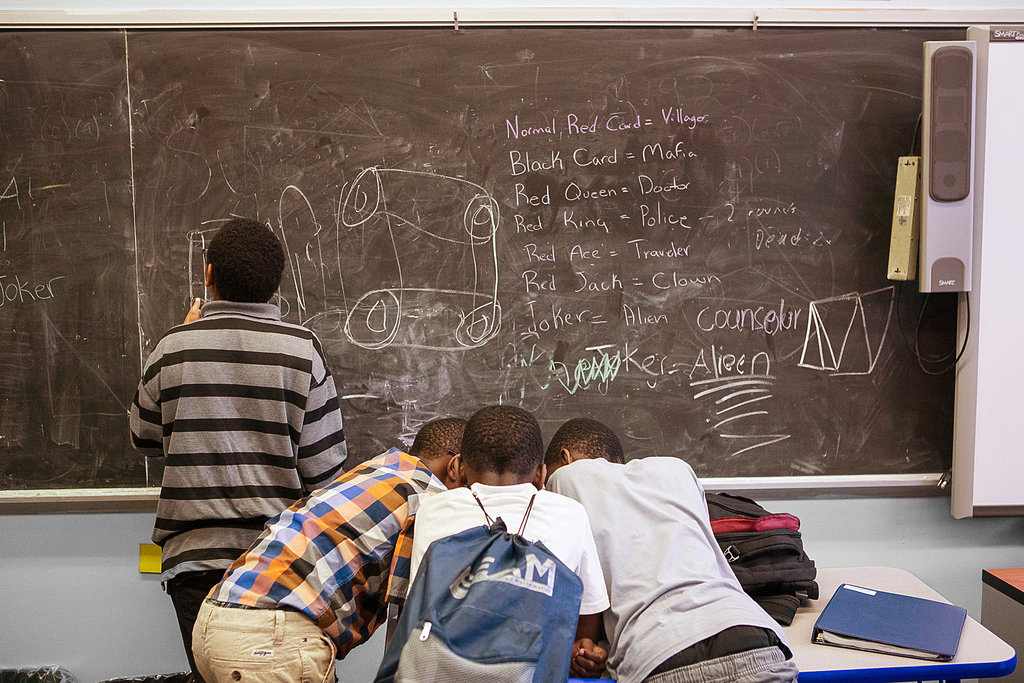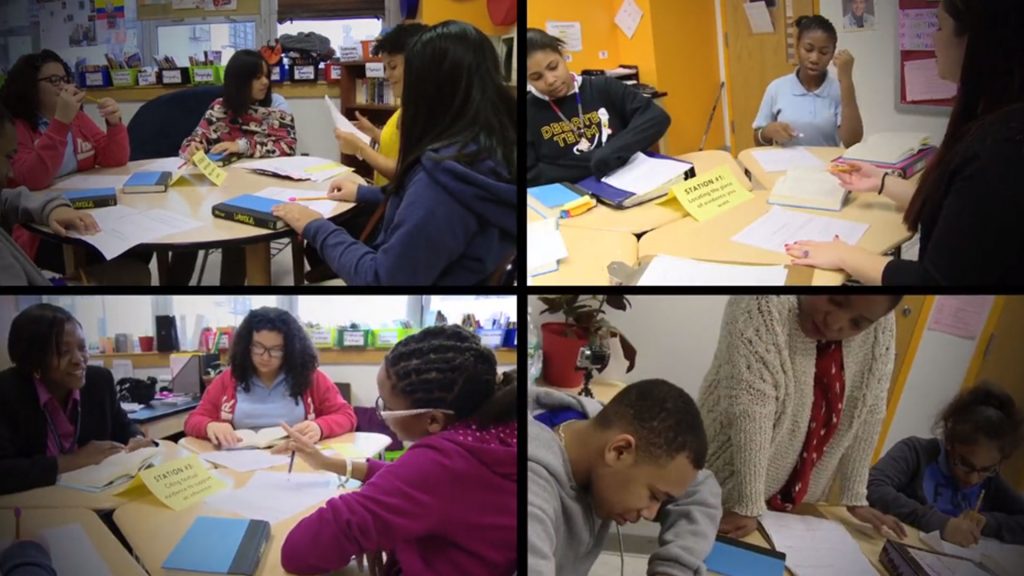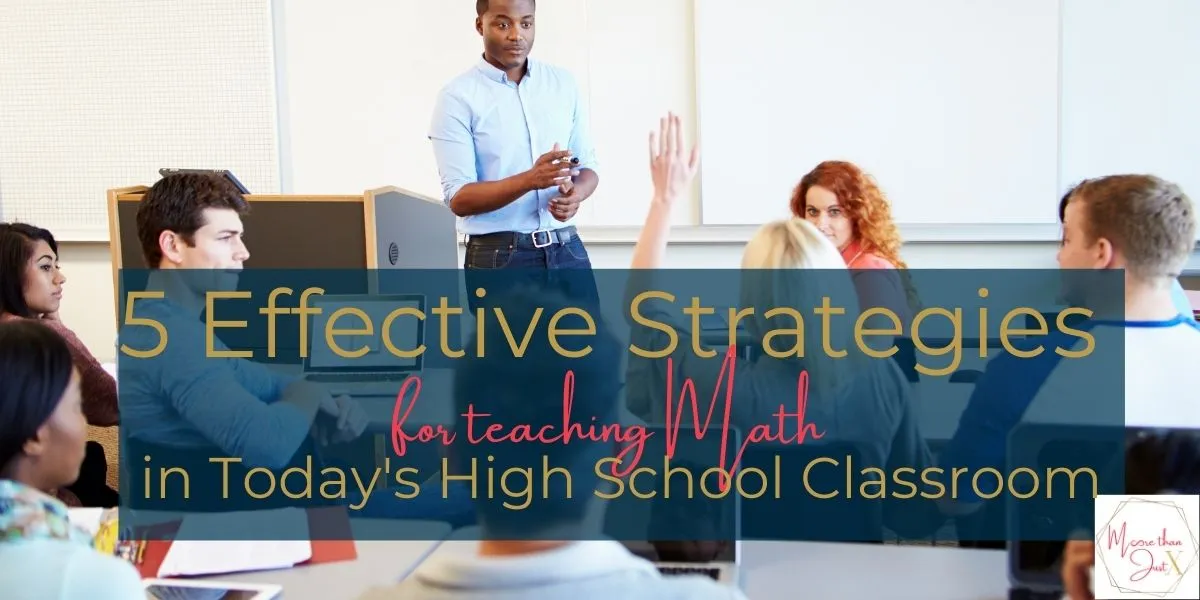
If you are to carry out a survey on the subject students dread most, you shouldn’t be surprised if Mathematics comes out as number one. Elementary mathematics is easy, but the moment you start moving into high school math, then most students start having issues with it. I remember a friend saying that the time he started having problems with learning mathematics was when the alphabet was introduced into it – funny right? But I am sure there are other students who feel the same.
Phobia of math, anxiety, gaps in math skills, and stress are among some of the factors that affect students in learning Maths. Here are five tactics that can be used to encourage students to learn math more effectively in the classroom.
1. Engage and Encourage the Students

Students at times might be lazy, but they are always looking to be inspired to reach their fullest potential and achieve their learning goals. To ensure that every member of your class is involved, you can introduce the use of visual aids and activities to meet individual student needs and encourage students.
It is easier for students to remember what they see and practice themselves than what they hear alone. Discussions can also be introduced in the classroom to help explore math concepts and understand my students’ interests. Students build positive relationships through the activities that interest them and help them collaborate, feel respected, and participate without the fear of put-downs.
2. Be Conscious and Aware
Not all the students in your class will be good in every subject, your strength as their teacher lies in your ability to build on your student’s strengths and work on their weaknesses to help create an awareness of where they are and what they need to do to improve. The fear of learning math makes students fail even before they start a new topic.
As you go deeper in your teaching, explain to your students that making mistakes is a critical milestone to deeper understanding. Endeavor to turn every moment into a teachable moment about the value of making mistakes, and benefit from a constructive discussion to allow students to learn from this. As educators, it is crucial to let your students know that learning something new doesn’t have to be all rosy and good, it is okay to fail, try again, struggle at learning something new, and then succeed. Using positive feedback and compliments can help to encourage students when doing something new.

3. Transformational Teaching
We teach students so as to transform their lives and help them grow. Implementing hands-on experience to engage with my students, encourage them to collaborate with their peers, build their math skills, and think more critically about what they’ve learned.
Let us say for instance you are teaching your students about finance and designed a project where they would work on a dream project, like starting a company, farm, or business. You will be surprised at how they can create a model and work on mathematical calculations.
Performing mathematical calculations is not an easy task, as it requires a lot of focus to get the right results. However, you can make it easy by working smartly with the help of online calculators. For this, visit calculator-online.net because this website contains a wide range of efficient calculators. Users just have to add the values into the specified fields and the calculator performs the whole calculation in a couple of seconds.
4. Cooperative Learning
This involves the creation of smaller groups within the class to help those struggling by pairing them up with those that know about the subject. Use this strategy to do a unit review where students first try some problems, discussed them amongst themselves, and then share their work with the whole class. With this, students are more engaged and worked together to solve problems.

5. Hold Students Accountable
I remember in school a lecturer that would always give us tests after every topic we finish in the syllabus. At first, it was tiring reading every week for tests, but over time we all understand the importance of what the man was doing. This idea created a sense of responsibility in us, whereby we became accountable for our own grades.
While you as the educator do your best to make learning easy, it is the students’ responsibility to want to pass and become better. If you make them work for their marks, they will understand why it is important for them to strive to become better.
The essential components of excellence in teaching math include being flexible, developing creativity, encouraging fun, and providing an engaging environment that connects learning to real-world meaning. Then every student will love to dream big and be a lifelong learner.
